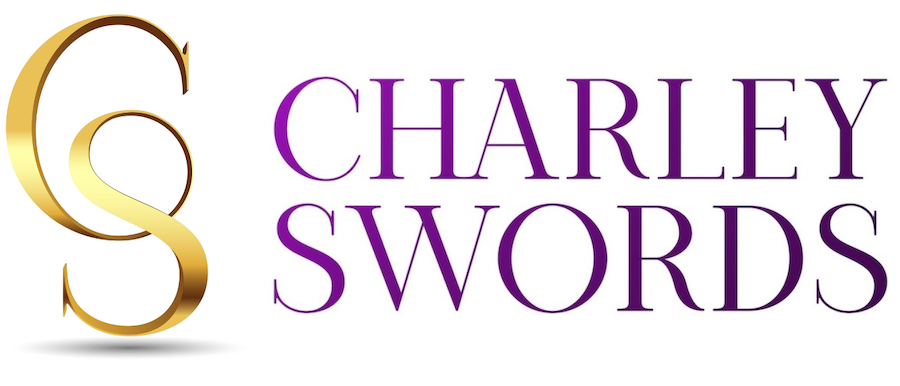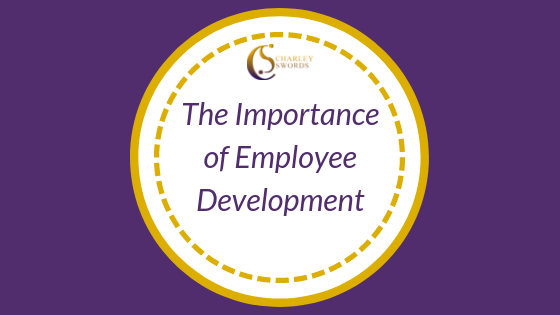Your employees are your principle business asset. Investing in them thoughtfully and strategically is essential for the continued success and growth of your organisation.
For you:
- Is your employee development an investment or an expense?
- Is your training investment determined by specific targeted business results or other budget-related factors?
As with all investments, you need to be able to measure the return on your employee training and development budget and the starting place is to determine what you want to achieve. Ask yourself “What’s going to change in my business or in the behaviour or performance of my employees as a result of this training that’s going to help my organisation?”

As you go through this analysis, consider the strengths and weaknesses in both your organisation and in your employees. A common area for improvement in many organisations is helping supervisors or junior managers to better manage for performance. Many people are promoted into managerial positions because they’re technically good at their jobs, but they aren’t always trained as managers to help their subordinates achieve their optimum performance. Your employees are the face of your organisation, the ones who serve, protect, deliver and manage your customers, your products and services every day – keeping you in business.
Then create a learning culture in your business, by taking the following steps:
- Make sure your employees know and understand your expectations of them to hone their skills to stay on top of their professions or fields of work and that they know and understand the level of support you will provide to support their efforts to accomplish their goals.
- Communicate to your employees the specific training needs and targeted results you’ve established as a result of your needs analysis. These must be directly linked to their Key Performance Indicators (KPIs) and Key Result Areas (KRAs).
- Provide a solid induction and orientation program to your organisation to any new employees you hire. This orientation should introduce employees to your organisation as a whole, to their individual business unit or section in detail, and provide them with proper training and support in all related operational activities.
Every successful training and development program you invest in, whether in-house or via external service providers must also include a component that addresses your current and future leadership needs. At its core, this component must provide for the systematic identification and development of your managers in terms of the leadership style that drives your business and makes it unique and profitable.
- Have you spent time thoughtfully examining the style of leadership that’s most successful in your environment and that you want to promote?
- What steps are you taking to develop those important leadership traits in your people?
As for your training and development budget, if your training is targeted to specific business results, then you’re more likely to be happy to make the investment and more importantly you will be able to measure and monitor the positive impact on your employees and your organisation.

Did you find this article helpful?
Let me know what you think about this post in the comments box below.

